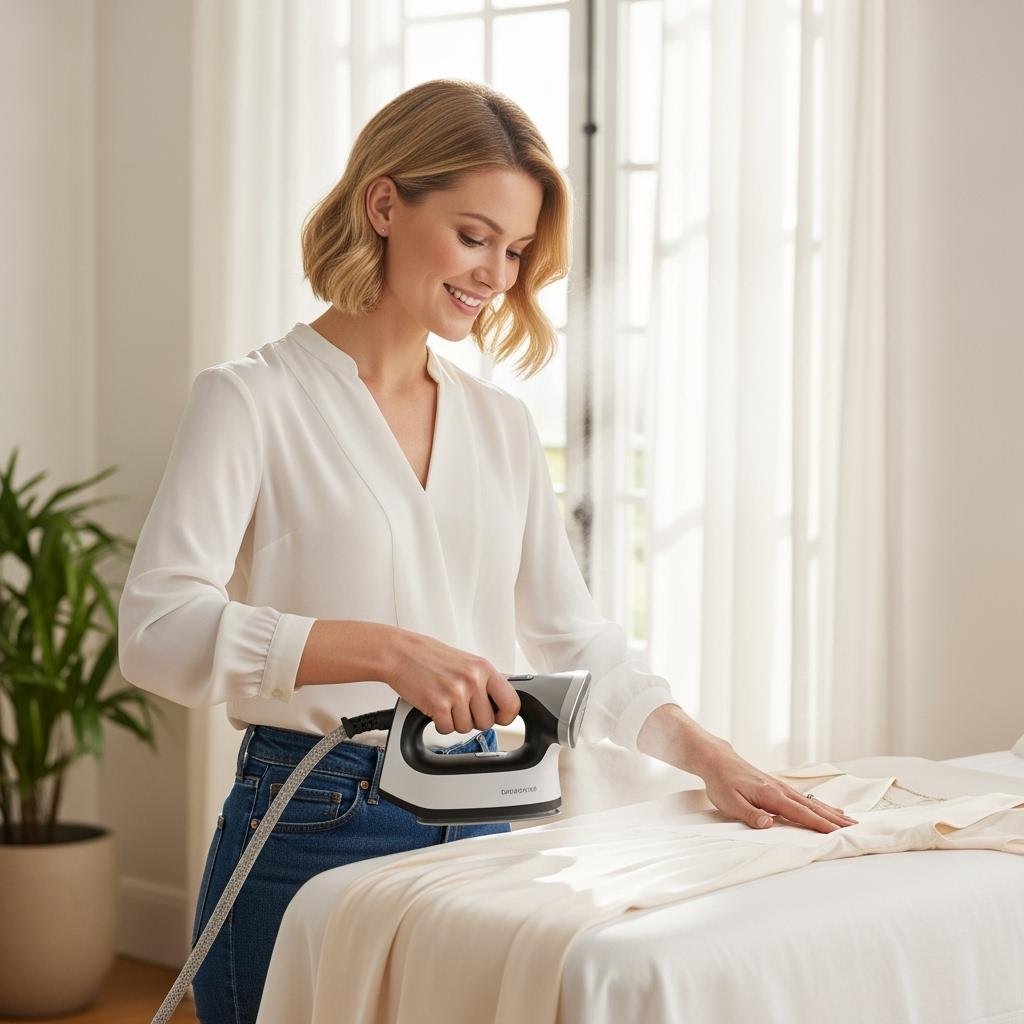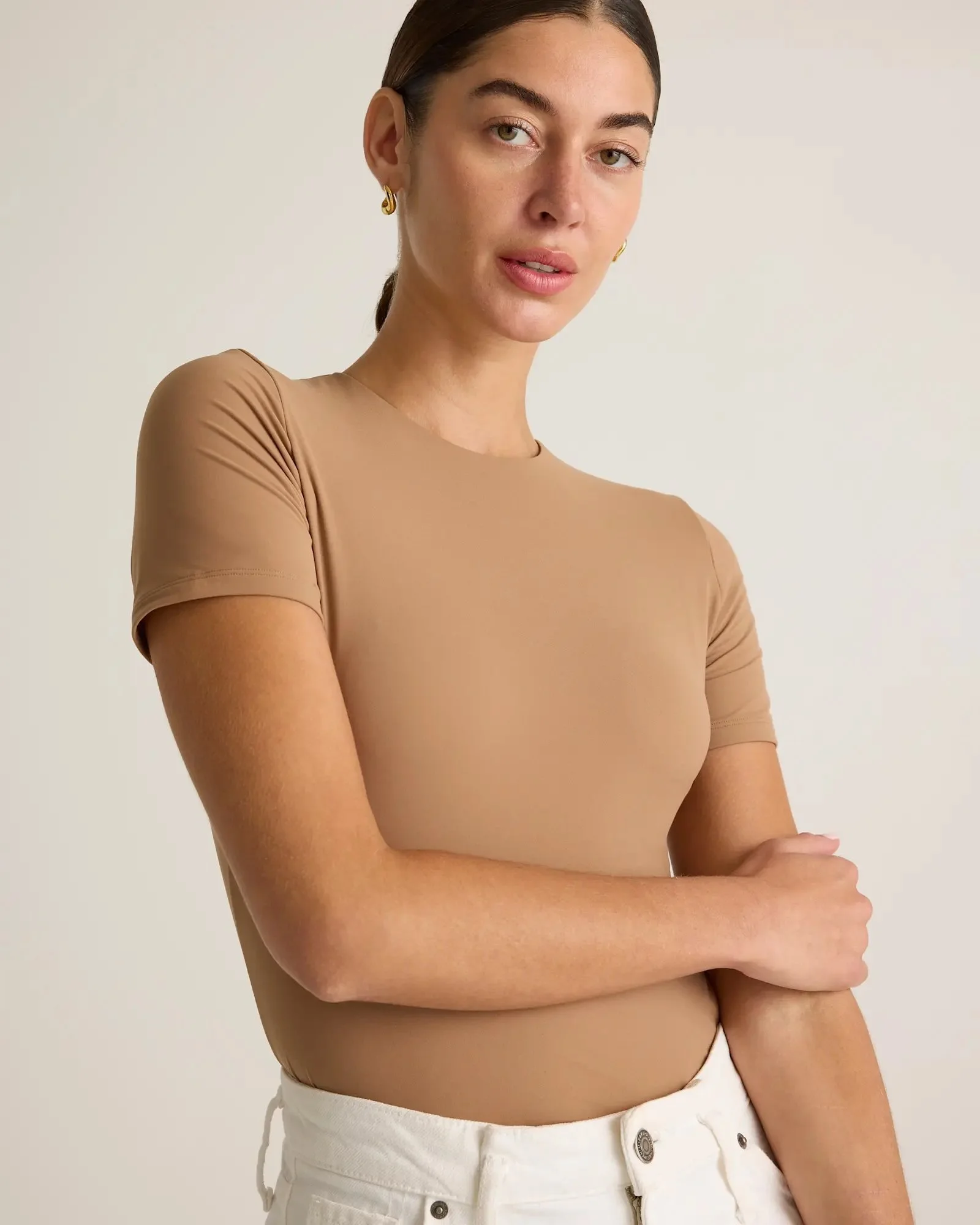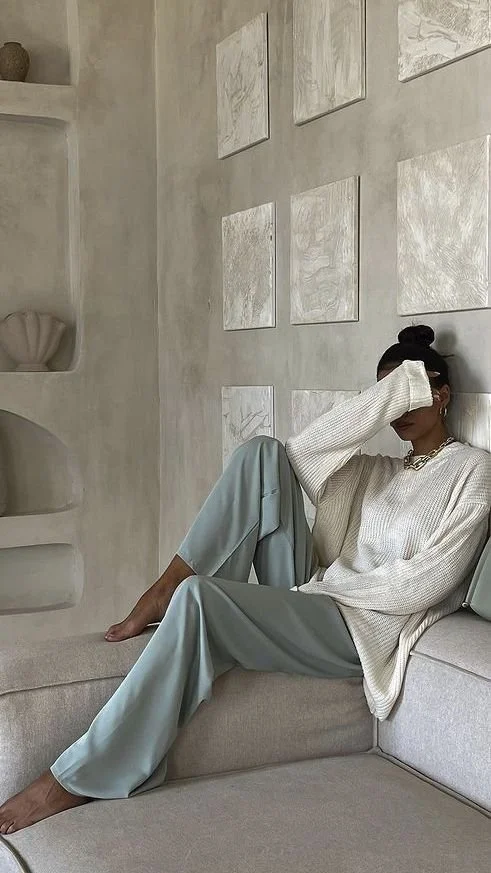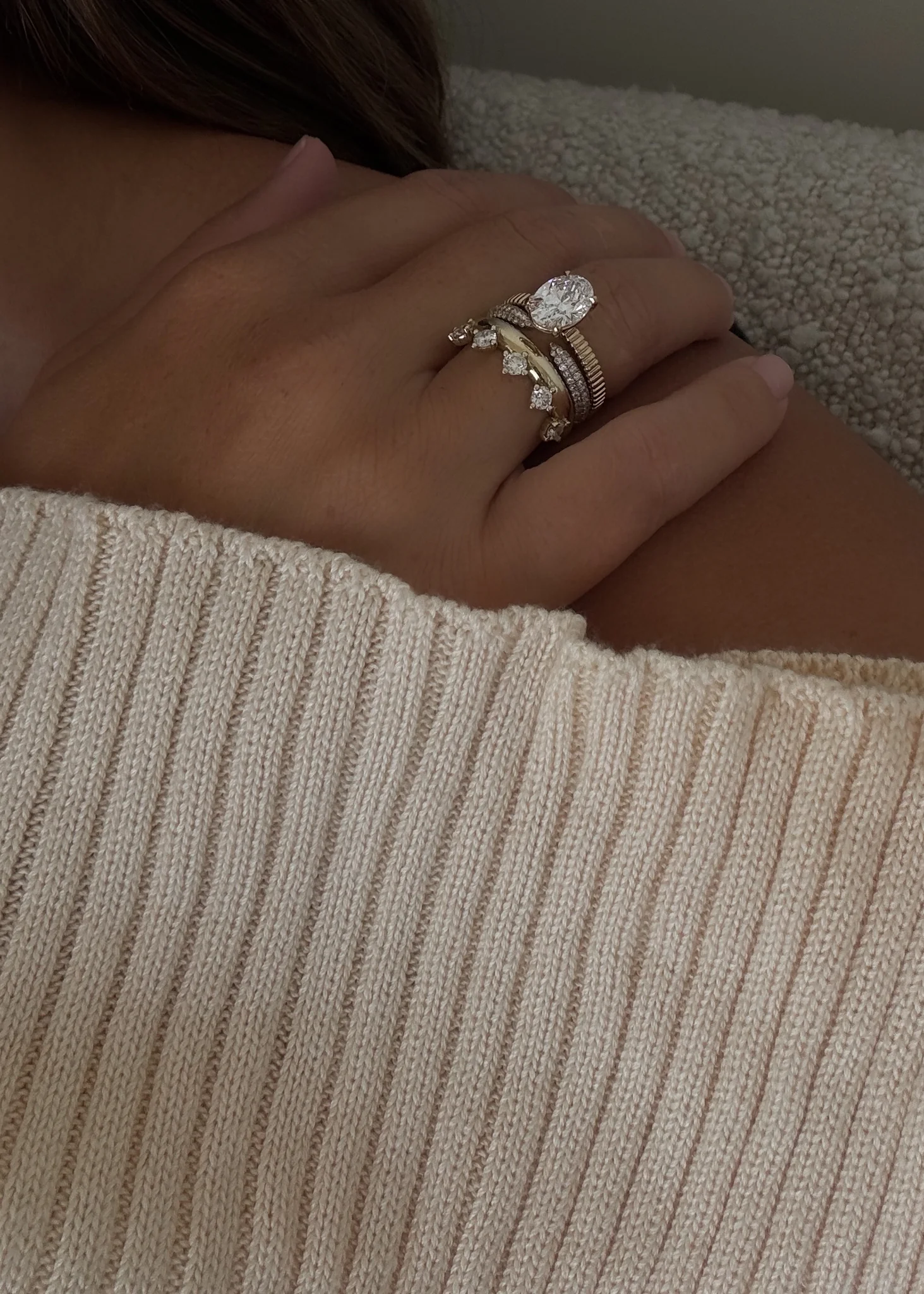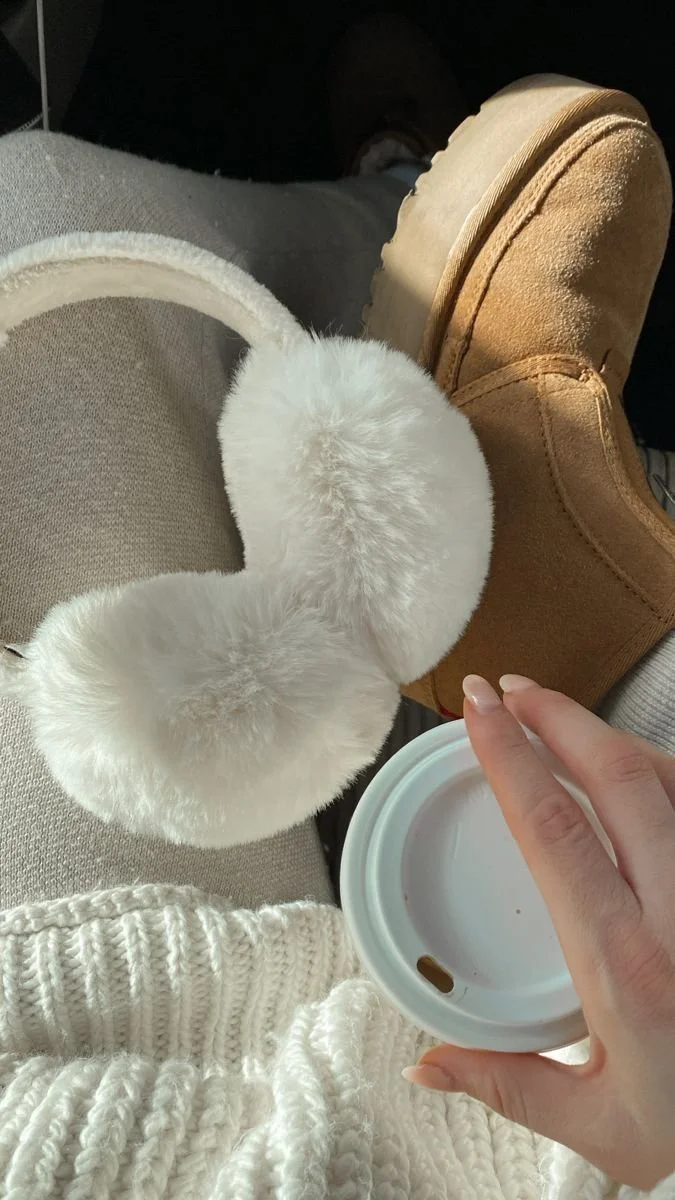Why Precision Matters When You're Ironing Delicate Fabrics
Ever found yourself frozen mid-motion, iron hovering uncertainly over a silk blouse or linen shirt, wondering if you're about to ruin your favorite piece? You're not alone.
Delicate fabrics are notoriously tricky—they demand finesse, not force. Hold the iron too long, and you risk a scorch mark. Use too much steam, and the fabric puckers. Use too little, and the wrinkles remain stubbornly in place.
Ironing delicate garments isn’t about speed—it’s about control, awareness, and technique. If you’ve ever noticed some clothes looking worse after ironing, it’s not your imagination. The difference lies in how you approach the process—and the tools you use. In this article, we share why precision matters when ironing delicate fabrics, and how to get it right every time.
No. 1
How Heat and Pressure Come Into Play
Each fabric responds differently to heat and pressure. Silk, for example, can become stiff or develop an unwanted sheen if the temperature is too high. Linen, while more resilient, can still cross that fine line from smooth to shiny with just a little too much pressure.
The challenge is that many standard irons don’t offer consistent heat or steam distribution—especially when working with sensitive materials. Achieving that perfect balance is what separates a crisp, professional press from a frustrating, unfixable crease.
Modern steam irons are designed to address this issue. With enhanced control over steam bursts and pressure, they’re ideal for fabrics like organza or garments with intricate beading. Irons that distribute steam evenly across the soleplate handle lightweight fabrics with greater care. And when you're dealing with mixed-material garments, it becomes less about brute heat and more about intelligent design.
No. 2
Why Technique Still Matters—No Matter Your Iron
Even with the most advanced iron in hand, technique is everything. Sheer fabrics like chiffon or georgette require a gentle touch. Pressing straight down or lingering in one spot can flatten the fabric’s natural texture or leave behind sharp, unwanted impressions.
The key is to keep the iron moving—slowly and steadily. This prevents heat from concentrating in one area and causing damage. And if you’re working with higher-end irons, like steam irons at Laura Star, a lot of people find they respond better to slight hand movements, especially when switching between fabrics.
Linen, for instance, responds beautifully to a light misting before ironing. Working while the fabric is slightly damp helps smooth out wrinkles more effectively. For layered or pleated garments, a softer approach is essential. A pressing cloth can be a lifesaver—but only if paired with mindful, controlled movements. Small shifts and gentle turns are what transform a good press into a flawless finish.
No. 3
Avoiding Common Slip-Ups with Silks and Linens
Some mistakes don’t show up until it’s too late. Silk, for example, is sensitive to sudden temperature changes. If your iron fluctuates mid-press, you might end up with a faint sheen along seams or darts. It may seem minor at first, but after a few washes, those shiny patches become more pronounced—leaving the fabric looking prematurely worn.
Linen, on the other hand, loves to cling to creases. Press too hard, and you risk setting folds into the fabric permanently. This is fine if the creases are intentional—but frustrating if they’re not. Skipping the pressing cloth or forgetting to dampen the fabric often leads to uneven, patchy results.
Don’t overlook water quality either. Hard tap water can clog steam vents and leave behind faint mineral marks—especially noticeable on light-colored garments. These marks often go unnoticed until the fabric dries.
And then there are embellishments—delicate trims, embroidery, or lace inserts. Pressing directly over them can warp or flatten fine details. Many instinctively press harder, hoping to smooth everything out, but this only distorts the fabric further. Once the damage is done, it’s usually permanent.
Cettire
Step into luxury with Cettire – your destination for designer fashion at irresistible prices.
No. 4
When It’s Better to Skip the Iron Altogether
Sometimes, the smartest move is to not iron at all. Certain garments—especially those made from synthetic blends or cut on the bias—can shift or lose shape under heat and pressure.
In these cases, a hand steamer is your best friend. While it may not deliver the same crisp finish as an iron, it’s far less likely to damage the fabric. Wrinkle-release sprays are also handy, particularly when traveling or freshening up a garment between wears.
And don’t underestimate the power of a steamy bathroom. Hanging clothes while you shower is an old-school trick, but it still works wonders for delicate items.
The real skill lies in knowing when to put the iron away. Some wrinkles are part of a garment’s natural character. Ironing them out might strip the piece of its intended texture or drape. When in doubt, skip the iron.
No. 5
Don’t Forget the Final Touches
Finishing up doesn’t mean switching off the iron and tossing your clothes on a hanger. How you let garments cool plays a big role in how long they stay looking freshly pressed.
Hanging a hot blouse immediately can cause it to lose its shape. Folding too soon can reintroduce faint lines. Instead, let delicate fabrics cool flat on a clean surface. It only takes a few extra minutes, but it helps the fibers “set” properly.
Storage matters, too. Use wide, padded hangers to avoid shoulder bumps. Keep delicate garments out of direct sunlight to prevent fading—especially in areas that may have been slightly heat-affected.
These small, thoughtful steps may seem minor, but they’re what keep your clothes looking as elegant as the day you bought them.
Takeaways
Ironing delicate fabrics isn’t just a chore—it’s a craft. From understanding how different materials respond to heat and pressure to mastering the right technique and knowing when to step back, every detail matters.
Whether you’re working with silk, linen, or a blend of both, the right tools and a little patience go a long way. And when you pair modern technology with mindful handling, you’ll find that even the most temperamental fabrics can be tamed.
So next time you’re standing there, iron in hand, take a breath. With the right approach, you won’t just press your clothes—you’ll preserve them.
Looking for resources?
At Hello Lovely Living, we aim to empower you to earn and save money and time while benefiting from our expansive network of home, life, wellness, travel, work-from-home, career, and business resources and opportunities. Discover a wealth of tools to support your journey.
